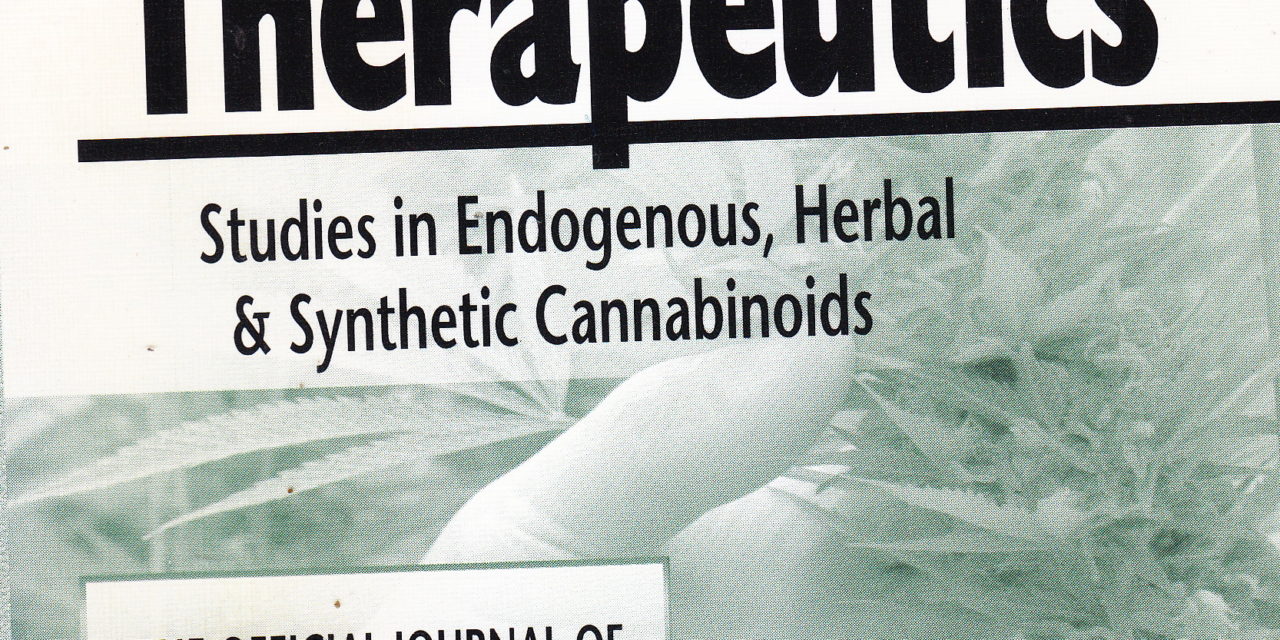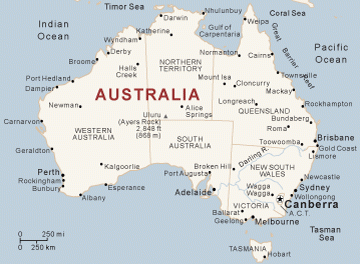Ethan Russo’s Journal of Cannabis Therapeutics was too far ahead of its time —as recounted in O’Shaughnessy’s, Spring 2004:
The respected Journal of Cannabis Therapeutics” is folding after a three-year run, but editor Ethan Russo, MD, hopes no one will conclude that the field isn’t thriving. “Tough times for the journal,” he says, “should not imply that there’s any dearth of information to support clinical cannabis. Exactly the opposite is true.” So why didn’t JCANT make it?
Russo, a neurologist at the University of Montana, credits Lester Grinspoon, MD, with advancing the journal idea in 1998. A 24-member editorial board was recruited —authorities with diverse expertise— that included Raphael Mechoulam, who had determined the structure of the THC molecule, and Geoffrey Guy, whose company is developing cannabis-plant extracts under license from the British government, and Tod Mikuriya, who has been monitoring cannabis use by thousands of Californians.
The launch of JCANT in 2001, with the backing of Haworth Press, a major publisher of scientific journals, seemed like perfect timing. Discoveries in the 1990s had begun to elucidate the mechanism of the body’s own cannabinoid receptor system and to reveal its role in modulating numerous vital functions. Studies were establishing the clinical potential of phytocannabinoids (found in the plant) and synthetics (being developed by drug companies). Russo “envisioned a publication that would highlight the developing science, and hopefully serve as an educational resource for physicians and scientists, as well as interested members of the lay public.”
He gave JCANT three years to achieve certain key goals: at least 1,000 subscribers; orders from major university libraries; and —most important— listing in “Index Medicus,” the citation database of biomedical journals controlled by the National Library of Medicine. (Journals are evaluated by NLM “experts” in a process analogous to an NIH review of a researcher’s grant application.)
“Advanced subscriptions were respectable,” Russo wrote in a recent note to friends and subscribers, “but the subscriber numbers did not follow suit, nor approach our goal. North American physicians have been particularly slow to familiarize themselves with the new literature, and to attempt to understand what has motivated their patients to employ clinical cannabis, frequently without their knowledge or endorsement.
“In 2002, we employed a generous grant from the Marijuana Policy Project to attempt to enter the realm of medical libraries. Free sample issues were offered to every such facility in the USA and Canada. Few actual subscriptions resulted. A reality of modern publishing is that such institutions have little shelf-space, and much sparser budgets for the new. Even the University of Montana asked me, ‘What current journal should be abandoned to make room for this offering?’ Mass mailings were met with similar ennui.”
In January 2003 Index Medicus turned down JCANT’s application. By then Russo had come to realize that those few cannabinoid researchers who conducted double-blind controlled studies —“the gold-standard of current medical proof”— preferred to publish in bigger, more prestigious journals. For example, William Notcutt who successfully tested GW’s plant extracts on chronic pain patients at the James Paget Hospital in Great Yarmouth, submitted his paper to Anaesthesia (where it will soon appear).
“Although the threshold of prescription clinical cannabinoids as a reality was nearing,” wrote Russo in his requiem, “the available pool of articles that would advance the knowledge and might lead to greater recognition has diminished. Prospects for additional database listing seem less than promising, and subscriber numbers have not risen despite additional grants-in-aid.”
Among JCANT’s accomplishments Russo lists citations in the 2001 “Report of the National Commission on Ganja in Jamaica,” and “Cannabis: Our Position for a Canadian Public Policy,” the report of the Canadian Senate in 2002. Both commissions concluded that cannabis should be made available to patients.
Russo was lead author of a widely publicized paper that ran in Volume 2 describing the health status of four patients who had been using government-issued marijuana for many years (11 to 27) under the “Compassionate Investigational New Drug program” of the U. S. Food and Drug Administration.
The data were encouraging. “Results demonstrate clinical effectiveness in these patients in treating glaucoma, chronic musculoskeletal pain, spasm and nausea, and spasticity of multiple sclerosis. All four patients are stable with respect to their chronic conditions, and are taking many fewer standard pharmaceuticals than previously. Mild changes in pulmonary function were observed in two patients [which the patients themselves attributed to the harshness of NIDA’s marijuana]…
“These results support the provision of clinical cannabis to a greater number of patients in need.”
Russo has accepted a job as an advisor to G.W. Pharmaceuticals. The company has applied for approval to market three cannabis-plant extracts (one high in THC, one high in CBD, and a 50-50 mix) in England. Russo expects that “soon after we have prescription cannabis in England we’ll have it in Western Europe, and Canada, Australia, and New Zealand. All of a sudden, patients in the U.S. are going to be asking about it and it will be harder for the doctors to say ‘There’s been nothing written about this…’ They’ll try, of course, but it’ll be harder for them to get away with it.”
Russo says he can offer “an explanation, not an excuse for the ignorance of my colleagues. The modern American physician has no training in this area. They could get the training but they don’t, and that’s largely because of the intimidation factor. It’s a combination of ignorance and paranoia.”
All the JCANT content is available free here: http://www.cannabis-med.org/index.php?tpl=journallist&id=9&lng=en
PS: Russo made reference to Mikuriya’s approach in a 2001 article on Cannabis in the Handbook of Psychotropic Herbs:
As part of the study (Mayor’s Committee on Marihuana, 1944), fifty-six inmates with morphine or heroin addiction were examined. A group treated with THC (tetrahydrocannabinol, the main psychoactive cannabinoid) had less severe withdrawal symptoms and left the hospital at the end of the treatment period in better condition than those who received no treatment or who were treated with Magendie’s solution. The ones in the former group maintained their appetite and in some cases actually gained weight during the withdrawal period. (p. 147)
Efforts continue in a similar vein to treat withdrawal with cannabis and have been spearheaded by Tod Mikuriya, who has reported on a successful use of cannabis in the treatment of alcoholism (Mikuriya, 1970). Current governmental constraints in the United States have recently rendered formal clinical studies with cannabis an extreme rarity.
s






